What Is Moxa, How Is It Used, And What Are The Benefits?
Moxa (Folium Artemisiae Aagyi)
Moxibustion is a form of heat therapy used in Traditional Chinese Medicine to ignite the body's healing mechanisms, improve circulation, and decrease pain. It involves the combustion of the dried leaf of the plant Folium Artemisiae Aagyi on or above specific points on the body. This herb is commonly known as mugwort, moxa, or Aì yè in Chinese medicine.
It warms areas of the body to stimulate circulation and lymphatic flow. It also helps to smooth the flow of Qi and blood and expel pathogenic influences. The scent of moxa is very distinct; many people find it to have a therapeutic and relaxing aroma.
Internally, Ai ye is used to help stop bleeding and warm the womb. It can help stop prolonged menstrual bleeding and alleviate menstrual pain. It has been known to calm a restless fetus and turn breech-position babies (Coyle 2005). This herb is bitter and acrid with warming properties and is thought to enter the Spleen, Liver, and Kidney meridians.
Among the plethora of remarkable applications, this particular herb stands out prominently due to its unparalleled efficacy when paired with acupuncture points, meridians, and muscles. This herbal practice extends its influence across diverse cultures worldwide and is a conduit for promoting balance and harmony within the body.
Warming needle technique performed at Wild Earth Acupuncture
How is Moxa Used?
Indirect Moxa
Direct Moxa
There are various forms in which moxibustion can be applied. One of my favorite techniques of Moxa is direct moxa, in which the dried herb is rolled into various-sized cones, placed onto the skin, and lit to create a more focused heat. A lotion called Shiunko is often used as a barrier to protect the skin from burns.
Another technique is indirect moxa, in which the leaf is pressed into a stick or pole, which can resemble a cigar or smaller rolls. It is lit and then used above the surface of the skin to create a gentle warmth. Moxa can be utilized with other substances, such as salt or ginger, to enhance its therapeutic properties. It also can be made into medicinal incense, topical creams/ lotions, and an essential oil which all have significant beneficial impacts.
These convenient Moxa cones are used on acupuncture points and are a great way to do Moxa at home!
Benefits of Moxa
Moxa therapy is celebrated for promoting improved circulation, relieving pain, and fostering a sense of relaxation. Additionally, its application enhances the body's vital energy, or Qi, contributing to a strengthened immune system and overall well-being.
Pain management
The heat from the mona therapy can help improve circulation, blood, and lymph flow to body areas, reducing pain and inflammation.
Decreases healing times of Injuries
When more blood, Qi, and Lymph are brought to areas of the body that are in pain or injured, healing times are reduced and more mobility is seen.
Improves Arthritic pain
Moxa therapy can help ease joint pain, especially when it is the type of pain that feels better with heat and worse with cold.
Improvements in Headaches/ Decrease in Migraines
Studies have shown improvements in the duration and intensity of migraines when using moxibustion.
Benefits Gynecological issues/ Menstrual pain
Moxa is often used on specific points throughout the body to help alleviate symptoms associated with the menstrual cycle. This herb has an affinity toward the uterus.
Turning Breech position of the Fetus
One of Moxa’s most well-known indications is helping turn breech-position babies during pregnancy. This simple and effective technique is highly regarded within gynecology.
Boosts Immunity/ Protection against Flu and Colds
Moxa is often used on specific points throughout the body to help boost immunity and shorten the duration of flu and colds. Studies have shown that moxa done on the acupuncture point ST 36 helps to increase white blood cell count almost immediately after the treatment.
Improved Digestive Health
Moxibustion is extremely effective for conditions such as abdominal pain and diarrhea. Specific techniques can be used for these aliments, such as salt moxa or ginger moxa. With these techniques, either salt or a slice of fresh ginger is placed, covering the naval, and then a cone of direct moxa is burnt on top of it. Depending on the patient’s underlying pattern will determine which one is best to treat these conditions. These moxa techniques help alleviate pain and regulate the large intestine’s re-absorption of water.
Vitality Boosting/Longevity Promoting Benefits
There is a robust history from ancient China and Japan that talks about the daily usage of moxibustion on an acupuncture point called Stomach 36 (Zu San Li). This point is located one hand-width below the patella within the depression on the lateral side of the bone (tibia). This simple daily self-care routine is one of Chinese Medicines’ most “famous” preventative therapies. Daily use of indirect or direct moxa on this point helps increase one’s vitality and longevity. Some of These points’ actions and indications are known to help stimulate the immune system, enhance digestion, and help treat diarrhea and constipation. It can also increase endurance, alleviate cramps, regulate the body’s Qi, disperse stagnation, and help alleviate leg and knee pain.
Pharmacological Effects of Moxa
Hemostatic
Both fresh and charred forms have been shown to stop bleeding.
Antiasthmatic
The essential oil of Mugwort is best for this purpose.
Antitussive/Expectorant
Moxa has the potential to alleviate coughing and promote the expulsion of mucus from the respiratory tract. This dual benefit helps soothe respiratory discomfort and enhances the body's natural mechanisms for clearing the airways, contributing to respiratory health and overall well-being.
Cholagogic
Moxa therapy's cholagogic benefits involve the strategic application of heat from burning moxa on specific acupoints, facilitating bile flow and enhancing liver function to promote digestive health.
Antibiotic
Moxa exhibits antibiotic pharmacological effects by fostering an enhanced immune response, stimulating anti-inflammatory processes, and contributing to the overall balance of the body's microbial environment.
Moxa therapy is often performed by a well-versed, and highly trained practitioner of Chinese Medicine but can also easily be done on your own, at home! Make sure your practitioner goes over how to use it so you avoid any risk of burns. The pre-rolled, stick-on variant of moxa stands out as my preferred choice for individuals exploring moxibustion at home. Its ease of use and the delivery of a mild yet therapeutic warmth make it an excellent option for beginners.
SHOP THE STORY
Sources
Coyle ME, Smith CA, Peat B. "Cephalic Version by Moxibustion for Breech Presentation. " Cochrane Database Syst Rev. 2005 18;(2):CD003928
Chen JK, Chen TT, Crampton L. Chinese Medical Herbology and Pharmacology. City of Industry, CA: Art of Medicine Press; 2004.
https://www.sciencedirect.com/science/article/pii/S1353611700905055
Want to learn more?
Archive
- April 2025
- March 2025
- January 2025
- December 2024
- November 2024
- October 2024
- September 2024
- July 2024
- June 2024
- May 2024
- April 2024
- March 2024
- February 2024
- January 2024
- December 2023
- November 2023
- September 2023
- May 2023
- February 2023
- January 2023
- August 2022
- June 2022
- April 2022
- February 2022
- December 2021
- November 2021
- July 2021
- May 2021
- April 2021
- March 2021
- November 2020
- October 2020
- August 2020
- January 2020
- August 2019
- May 2019
- March 2019
- January 2019
- December 2018
- November 2018
- October 2018
- July 2018
- June 2018
- May 2018
- April 2018
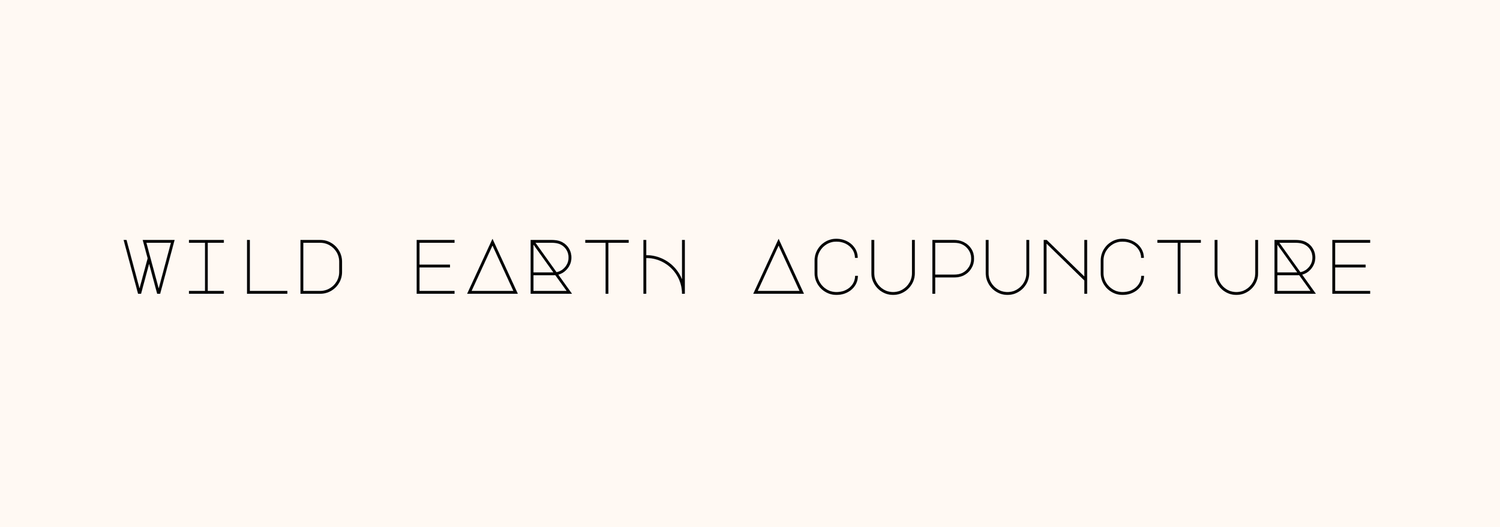

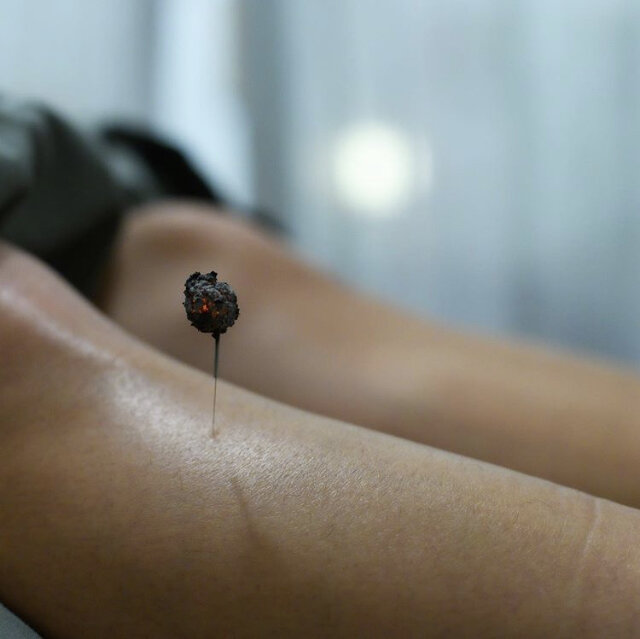

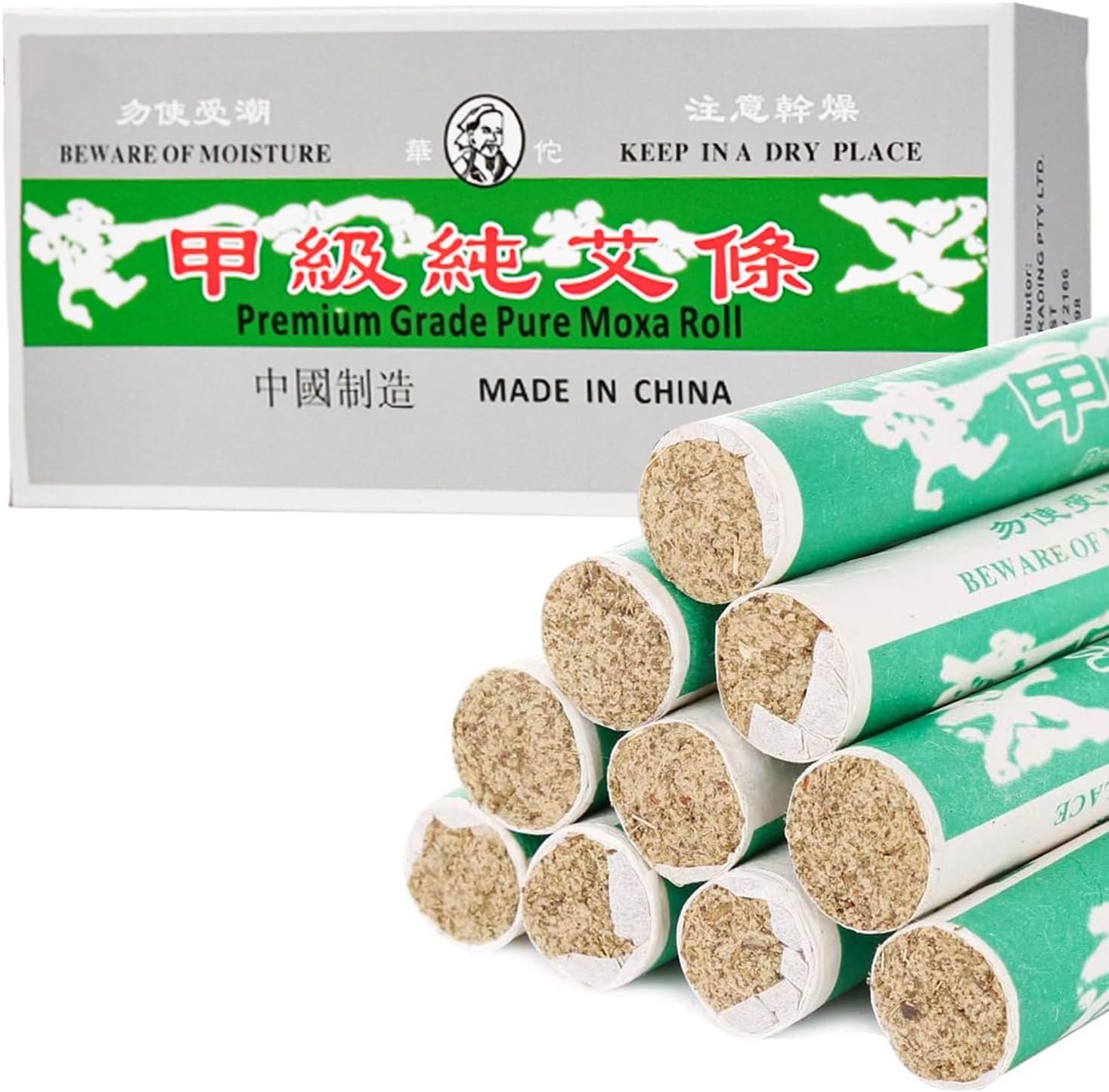






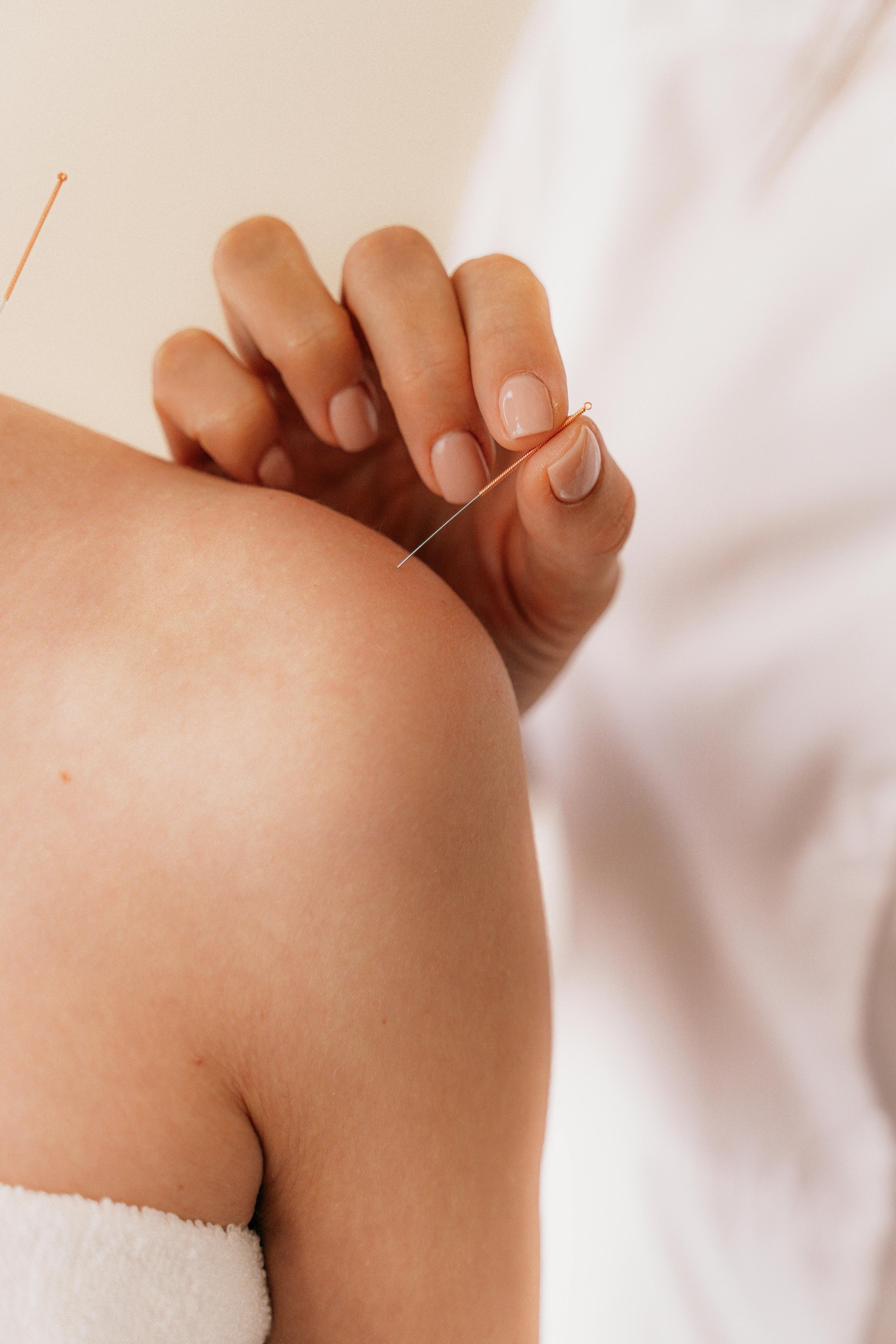



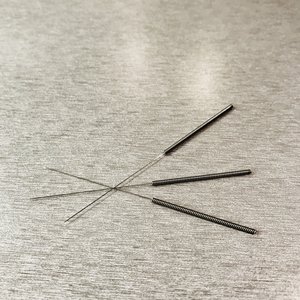
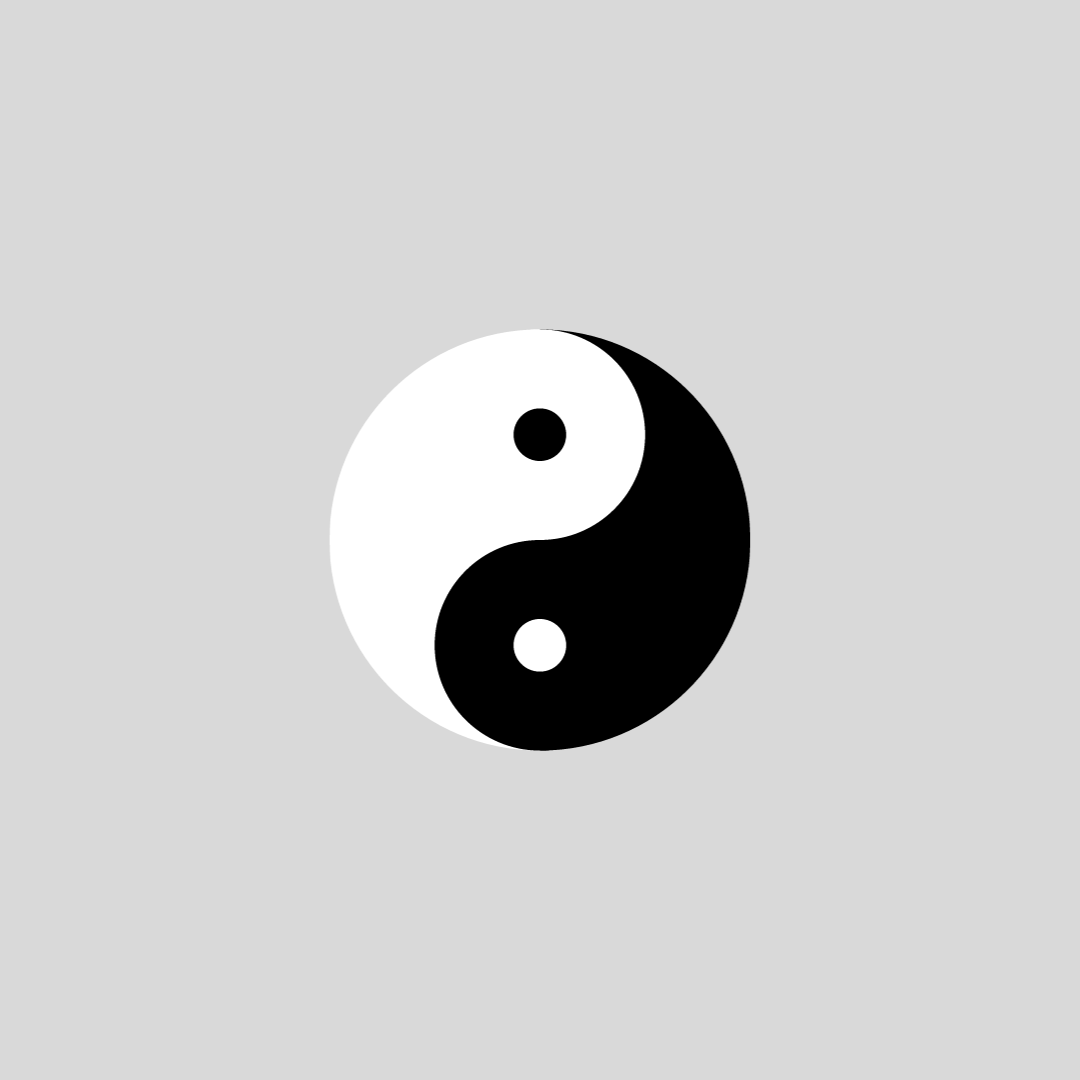














Cupping therapy is an amazing and feel-good modality that can help a wide variety of aliments. Read on to learn more.